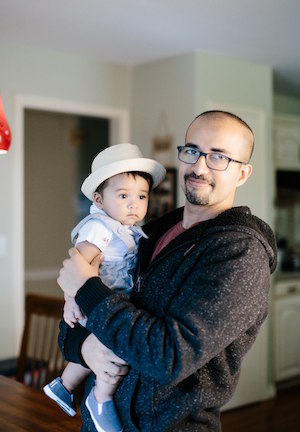Mindless Eating
Summary
In this book, food psychologist Brian Wansink shows why you may not realize how much you’re eating, what you’re eating-or why you’re even eating at all. It will give you the facts you need to easily make smarter, healthier, more mindful and enjoyable choices at the dinner table, in the supermarket, in restaurants, at the office-even at a vending machine-wherever you decide to satisfy your appetite.
Notes
- We are almost never aware of what influences how much we eat.
- The best diet is the one you do not know you are on.
- We eat as if it’s our mission to finish the food in front of us. It’s simply not in our nature to pause after every bite and contemplate whether we are full. In a study, people who were given bigger sized popcorn (5 day old and stale) ate an average of 53% more.
- Simply thinking that a meal will taste good can cause you to eat more.
- We are all tricked by our environment. Even if we know it in our head, most of the times we may have too much on our mind to remember and act on it. That’s why it’s easier to change our environment than our mind.
- We make more than 200 food related decisions each day. We can’t rely on our willpower to eat healthy.
- Mindless margin: Zone (~200 calories) in which we can slightly over/under eat without being aware of it.
- Eat till you are no longer hungry, not till you are full (probably 20% less than you think you need).
- We are not good at tracking or remembering how much we eat.
- We eat about the same amount of food each day, and even at each meal. Volume trumps calories, we eat the volume we want.
- It takes upto 20 minutes for our body and brain to signal satiation.
- When estimating almost anything, we grossly underestimate things as they get larger.
- See the amount of food before you eat, and while you eat it to reduce overeating.
- If people serve themselves, they tend to eat most of what they serve.
- We consume more from bigger packages, whatever the product.
- All of us fall for the horizontal-vertical illusion. We think vertical lines are longer than they really are. Therefore, tall skinny glasses are better than short and wide glasses to drink less.
- Smaller plates and spoon sizes are better for eating less food.
- Increasing the variety of food increases how much everybody eats. Never have more than 2 items on your plate at any time.
- Simply seeing or smelling a food can lead us to want to devour it. Our pancreas may begin to secrete insulin to metabolize the upcoming sugar rush. This insulin lowers the blood sugar level, which makes us hungry.
- Make overeating a hassle, not a habit.
- When we eat, we often follow eating scripts. We encounter some food situations so frequently that we develop automatic patterns or habitual behavior to navigate them. For e.g. refilling our food plate till we finish a TV episode we are watching.
- When we are with people whose company we enjoy, we lose track of how much we are eating. Try to be the last person to start eating. Decide how much to eat before the meal rather than during it.
- TV is a triple eating threat. It leads you to eat, to not pay attention to what you eat and to eat for too long. * Create distraction free eating scripts. Dish yourself a ration before you start eating in front of the TV.
- Multitasking while eating a meal makes us more likely to overeat without knowing it.
- If eating at a restaurant, split an entree or dessert. The best part of a dessert is the first 2 bites.
- If you expect a food to taste good, it will. Foods with appealing names are rated as more appealing and tastier than the identical food with less attractive labels.
- Fix the environment when you fix the food. Soft lights, music, color, nice plates/glasses all improve the perceived taste of the food.
- Physical hunger builds gradually, usually several hours after a meal and is satisfied by eating. Emotional hunger builds up suddenly, is unrelated to the time of meals and eating only leads to guilt.
- The person who does most of the grocery shopping and cooking, the nutritional gatekeeper, controls around 72% of what your family eats.
Thoughts
It was an easy read, and mostly seemed like common sense. One of my favorite things about the book was that the author cited lots of fascinating studies (some of which he carried out himself) to back his recommendations.
